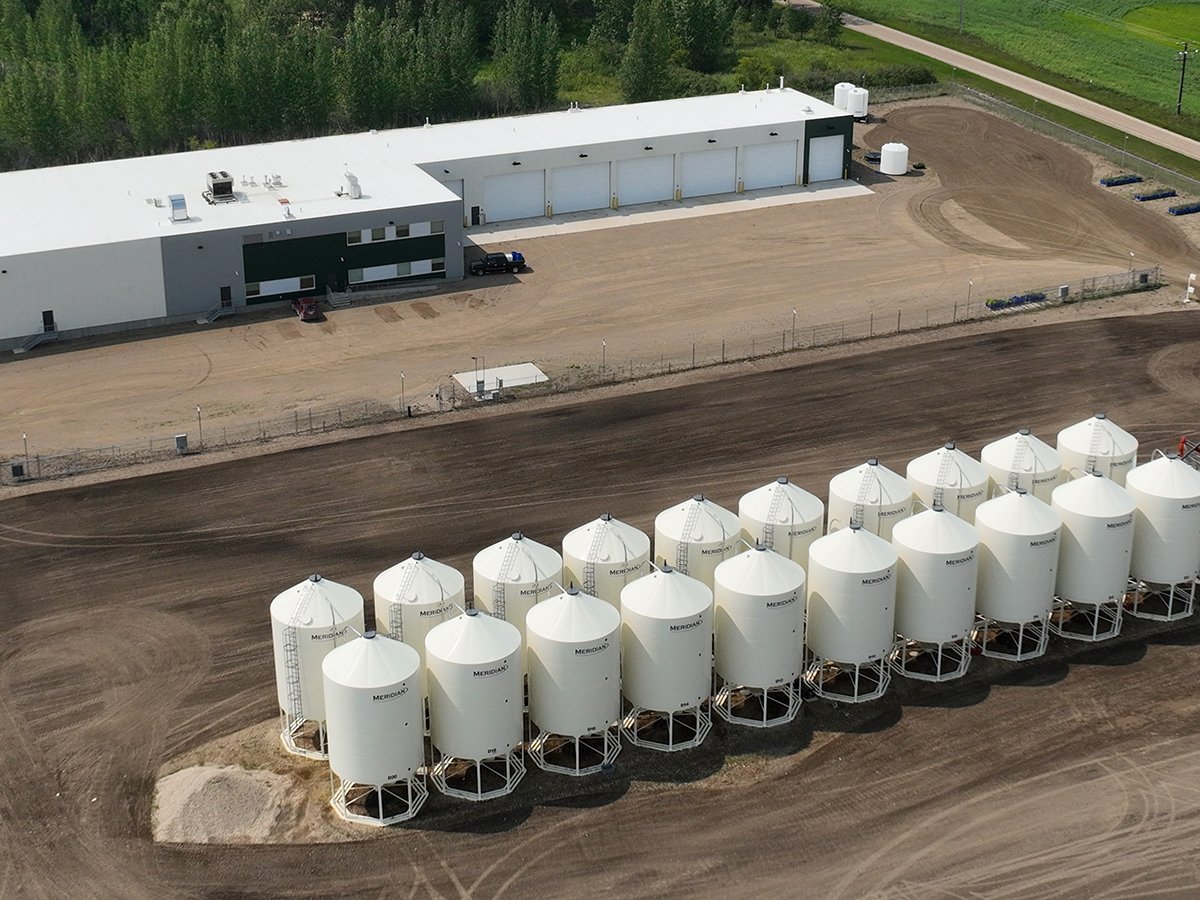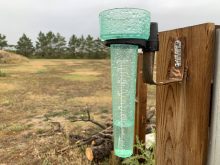Bright orange flowers were popping up on a one acre plot at the Manitoba Zero Till Research Association farm earlier in July as part of a project to see if calendula, also known as pot marigold, offers Manitoba farmers a crop alternative.
A Dutch company is hoping to contract at least 25,000 acres of the crop near a centralized crushing plant, which would process the oil for use in nutraceutical products, cosmetics and industrial oils, including a replacement for dwindling global supplies of tung oil, a wood preservative that comes from tung tree nuts.
Read Also

Saskatchewan firm aims to fix soil with compost pellets
In his business, Humaterra, Leon Pratchler is helping farmers maximize yields in the weakest areas of their fields through the use of a compost pellet.
The plot, planted May 23 at 10 pounds of seed per acre, was direct seeded at a ½ inch depth with 30 lb. per acre of phosphate fertilizer and 60 lb. of dribble-banded nitrogen, following a pre-season burn down with a half-litre rate of glyphosate.
Weed control was done with Dual and Assert in separate applications.
With few herbicides registered for calendula, seeding the crop into weedy fields might not be a good idea, said the tillage association’s farm manager, Lindsay Coulthard.
“It’s not a very weed competitive crop,” he said, noting that mature plants are little more than 30 centimetres tall.
Tammy Jones, a Manitoba Agriculture diversification specialist, said that yields in previous trials ranged from 800 to 1,300 lb. per acre, even with lightweight seed. Herbicide and seeding date trials are underway for the crop at research farms around the world, she added.
Global demand is estimated at 10,000 tonnes by 2012.
“They are looking for it to go in really shallow, so they want a nice, firm seedbed. Zero till is ideal for something like that,” said Jones.
Lack of heat held the calendula plot back so far this season, she noted. However, the crop is said to have a higher frost tolerance than flax or sugar beets.
Jones was hoping that a significant amount of seed would be harvested from the test plot so it could be crushed and tested. The seed is about 20 percent oil, she said, with calendic acid making up 40 to 60 percent of the oil profile.
“They see a number of different marketing avenues to pursue, so they are looking for a place to grow it,” said Jones, who added that the company has been mum on future pricing.
The trials will also look at whether the crop can be sprayed with a desiccant and straight cut using conventional equipment.














